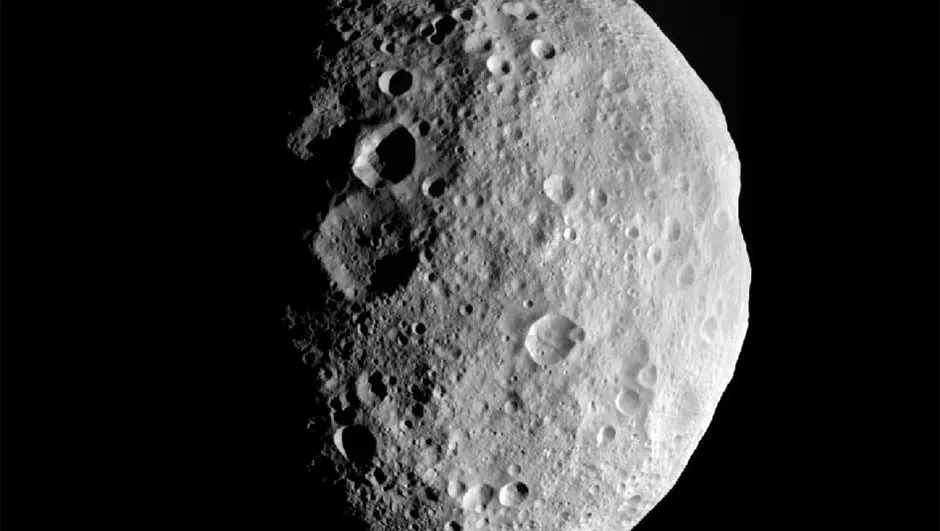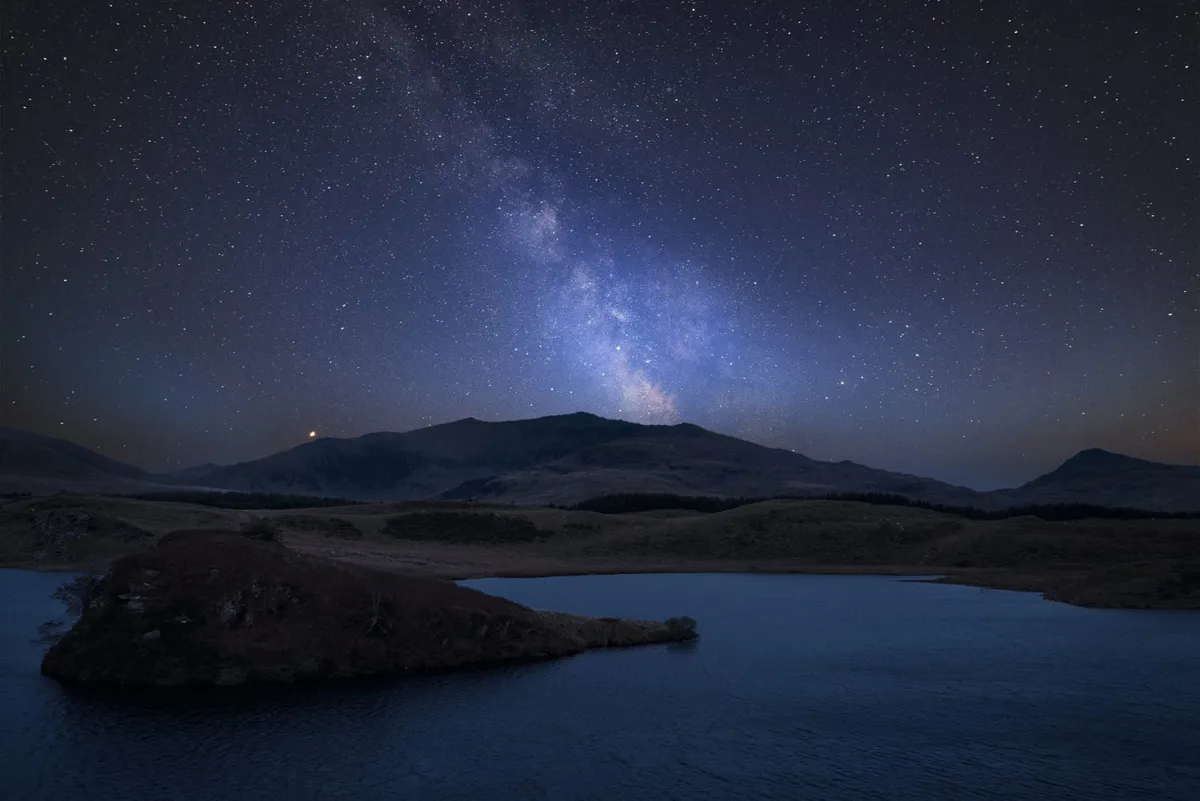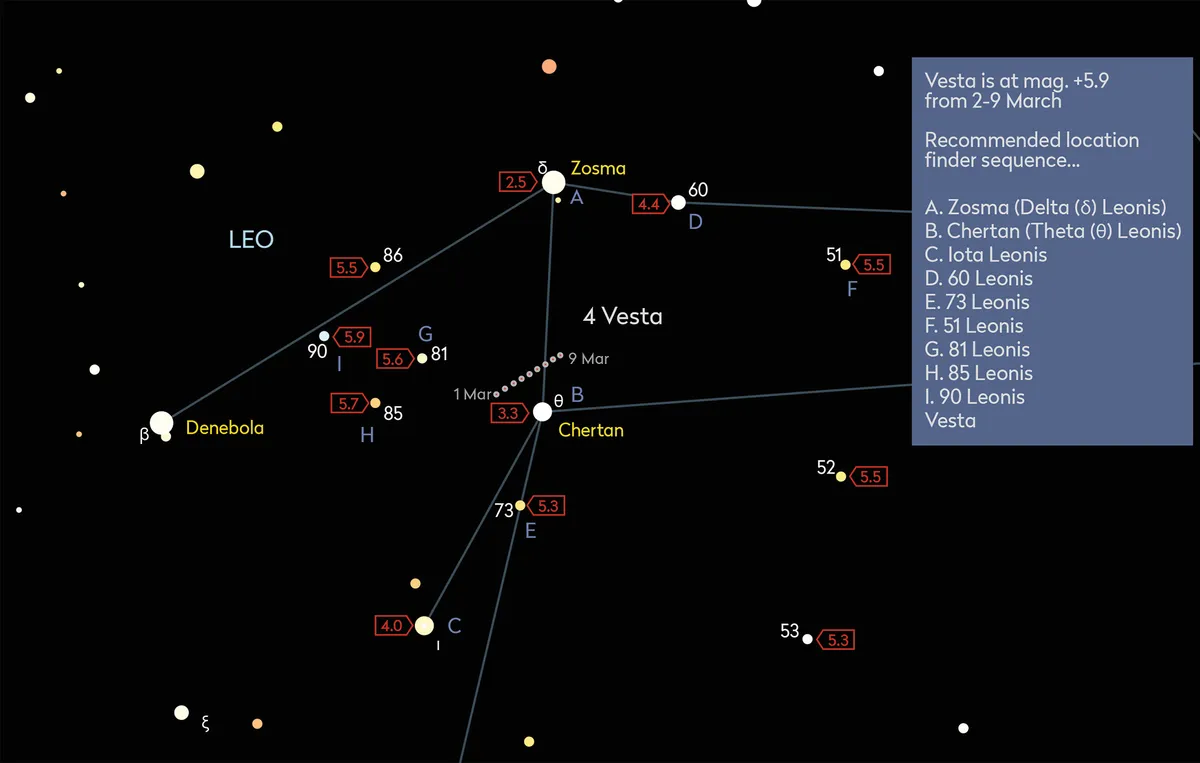Minor planet asteroid 4 Vesta reaches opposition on 4 March when it will appear like a mag. +5.9 star in the constellation of Leo, the Lion. Despite the fact that it looks like a star, Vesta is in fact a body in our Solar System, holding the accolade of being the brightest of the asteroids.
Vesta is a large object and it orbits the Sun once every 3.63 years, with an orbit that takes it out as far as 2.57 AU from the Sun and as close as 2.15 AU (where 1 AU is the average distance between Earth and the Sun).
For more stargazing this month, read our guide on how to observe the planets in March.

At its dimmest, Vesta can be mag. +8.5. As its distance from us changes over the course of our respective orbits, its angular diameter changes from 0.2 to 0.7 arcseconds.
During a favourable opposition, this 525km object can reach mag. +5.1 brightness, bringing it well into naked-eye territory (more on this below).
When Vesta reaches opposition on 4 March 2021 it will be slightly off its most favourable brightness at mag. +5.9, but it will still theoretically be within reach of the unaided eye from a dark-sky site.
For more info on measuring the brightness of stars, read our guide to stellar magnitude.
Where is Vesta in the night sky?

Fortunately, Vesta is located in a region of sky that reaches a decent altitude from the UK as it crosses southern skies around midnight UT.
Leo is well-placed in March and dark-sky conditions will allow us to view Vesta and the galaxies that lie within the constellation’s border.
Binoculars or a telescope using a low power eyepiece will be the best tools for getting a good look at Vesta.
The asteroid is located in the eastern portion of Leo, the Lion, starting the month slightly less than 2˚ east of mag. +3.3 Chertan (Theta (θ) Leonis). On 1 March it shines at mag. +6.0 and slowly brightens to mag. +5.9 by 4 March.

Vesta tracks slowly to the northwest, passing into the main body of the Lion as defined by Chertan, Zosma (Delta (δ) Leonis), Algieba (Gamma (γ) Leonis) and Regulus (Alpha (α) Leonis).
As the month slips by, Vesta tracks further into the body of the Lion. It ends its monthly track 2.5˚ southwest of mag. +4.4, 60 Leonis and 5˚ west-southwest of Zosma (Delta (δ) Leonis).
This part of the sky is away from the Milky Way and therefore devoid of lots of stars that are a similar brightness to Vesta, which might cause confusion. Along its track in March, the two brightest stars it passes are of magnitudes +6.8 and +6.4!
By the month’s end Vesta lies 1˚ southeast of mag. +5.5, 51 Leonis. On 31 March, Vesta will have dimmed to mag. +6.4.
How to observe Vesta with the naked eye

4 Vesta has the potential to become brighter than any other object in the asteroid belt. On 4 March it will shine at mag. +5.9, a fraction dimmer than Uranus at opposition.
The naked-eye threshold magnitude for an astronomical objects is typically stated as mag. +6.0, a value that isn’t too hard to achieve as long as you live under good dark skies.Such skies will be required if you intend to look for Vesta close to opposition.
The Moon is in a waning gibbous phase at the start of March when Vesta is brightest, so plan any attempt before moonrise. You can keep up to date with the phases of the Moon by signing up to receive the BBC Sky at Night Magazine e-newsletter.
Here are some useful moonrise times to be aware of when attempting to view Vesta as it approaches opposition. As you can see, as opposition date approaches, the Moon moves conveniently out of the way.
- 1 March 20:54 UT
- 2 March 22:22 UT
- 3 March 23:48 UT
- 4 March No moonrise
- 5 March 01:14 UT

The region where Vesta is located reaches highest altitude, due south, at 00:40 UT at the start of March: over 50º above the southern horizon from the UK.
This moves the asteroid out of any low horizon murk. As we've noted above, the Milky Way is also absent, removing a lot of the fainter stars that could otherwise be confused for Vesta.
You will need to utilise all the tricks if you stand a chance of succeeding. Give your eyes at least 20 minutes in total darkness.
Use the trick of averted vision - looking slightly away from the faint object you’re looking for - to place its dim light on a more sensitive part of your retina.

We’d also recommend memorising the finder sequence we’ve prepared above so you don’t compromise your dark adaption by looking at the chart, even under a red light.
An observing chair or recliner will help you observe comfortably, and this is an important and often overlooked aspect when searching for faint celestial objects.
Use our finder sequence and tick off the navigational stars one by one. If your eyes and sky are good enough, you may pull off what is, without question, one of the trickier challenges we’ve set.
Pete Lawrence is an experienced astronomer and a co-host of The Sky at Night. This guide originally appeared in the March 2021 issue of BBC Sky at Night Magazine.

